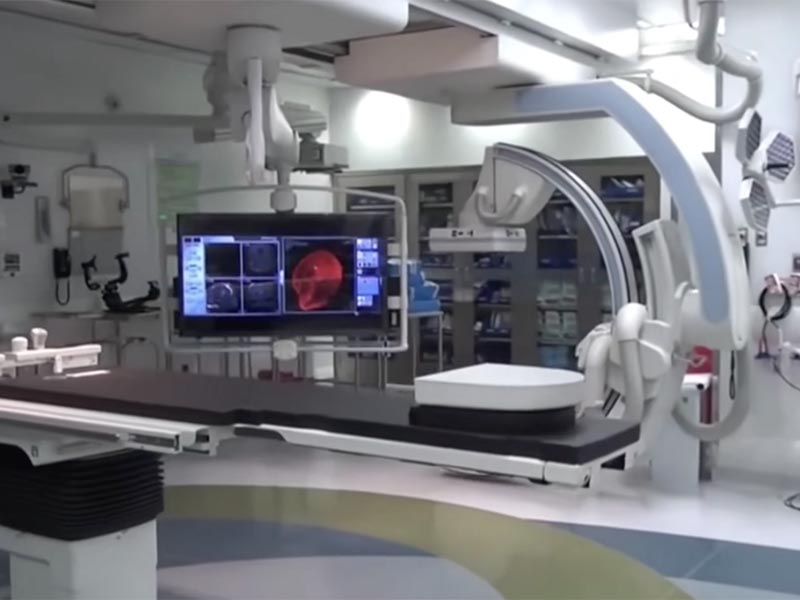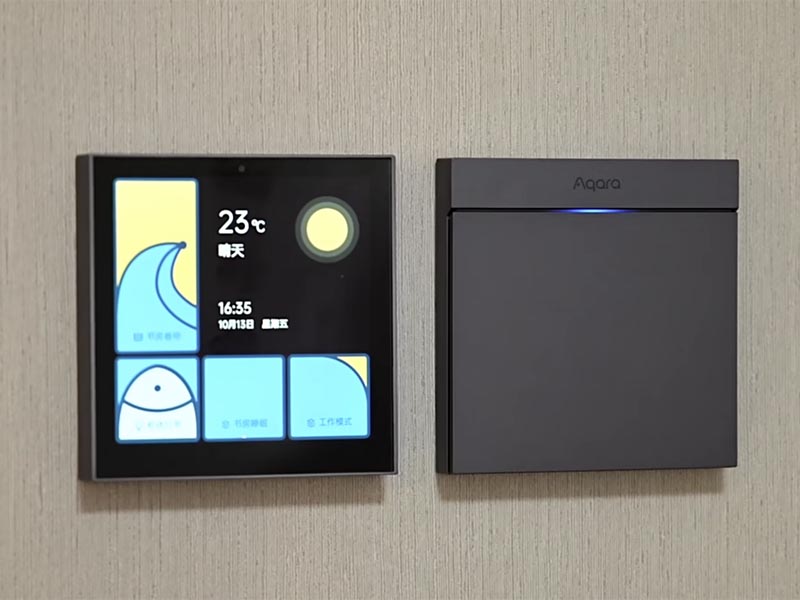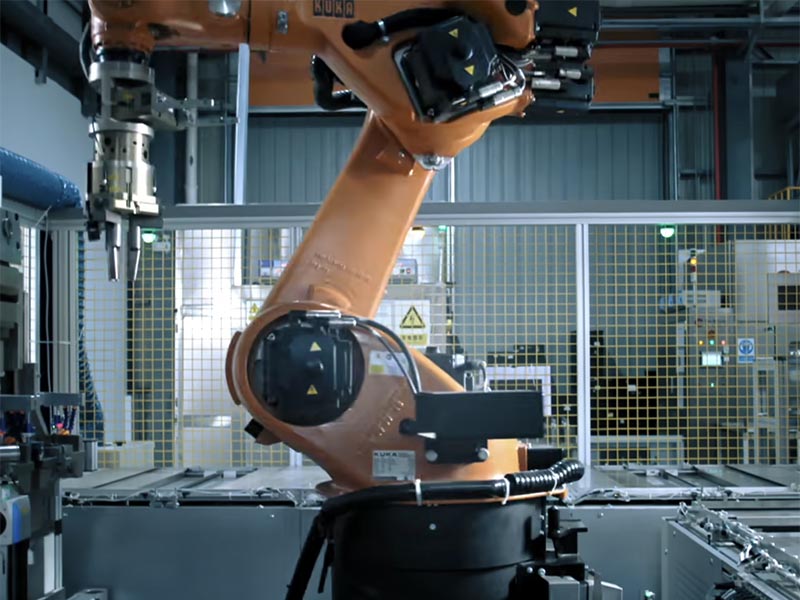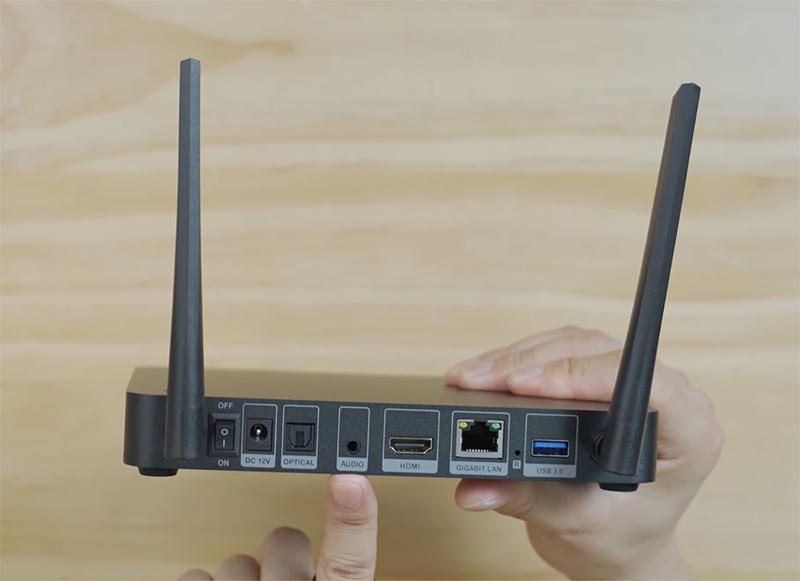Exploring Android SBC Applications in Modern Embedded Systems
Android Single Board Computers (SBCs) have rapidly evolved from niche development platforms into
powerful embedded solutions across industries. With their native touchscreen support, multimedia
capabilities, and mature software ecosystem, Android SBCs now serve as the foundation for a new
generation of connected devices — from smart appliances and automation panels to digital signage
and industrial control systems.
Unlike traditional Linux-based boards, Android SBCs provide a complete application framework
out of the box — integrating graphics acceleration, user interface libraries, and hardware
abstraction layers that simplify product development. This makes them an ideal choice for
engineers building intuitive human–machine interfaces (HMIs) or complex IoT systems requiring
reliable real-time performance and remote management.
In this section, you’ll find in-depth articles and case studies about how Android SBCs are being
used in the real world: smart home controllers powered by Rockchip SoCs, industrial automation
terminals running custom Android firmware, and edge-AI systems combining neural processing units
with efficient power design. Each post explores the design trade-offs, BSP customization process,
and long-term maintenance strategies that transform a standard SBC into a production-ready
embedded device.
Whether you’re developing a consumer IoT gateway or a factory HMI touchscreen, understanding
the flexibility of Android SBCs — from bootloader customization to UI optimization — can help
you shorten development time and achieve a polished, scalable product. Browse the articles
below to discover how Android platforms are redefining embedded system design.



